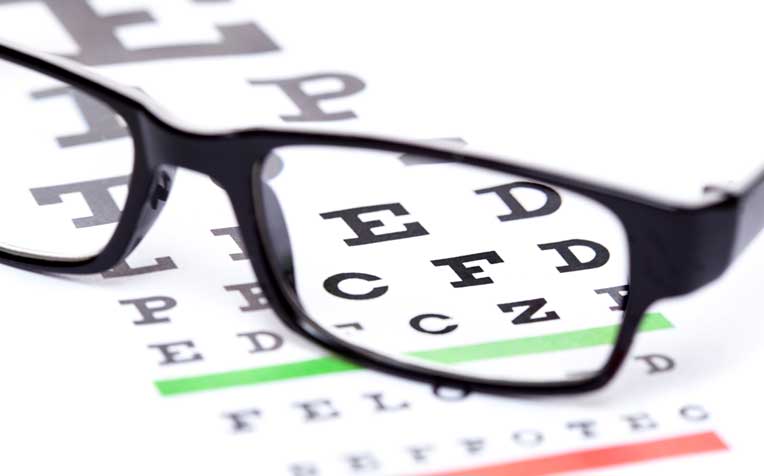HealthXchange will NEVER ask you to transfer money over a call. If in doubt, call the 24/7 ScamShield helpline at 1799, or visit the ScamShield website at www.scamshield.gov.sg.

Laser eye surgery helps improve vision without eye glasses or contact lenses.
There are various types of laser vision correction techniques to correct shortsightedness and astigmatism, thus reducing your dependence on glasses and contact lenses.
LASIK is the most popular method and involves cutting a flap in the cornea and reshaping the underlying cornea before replacing the flap in its original position.
ReLEx is another procedure where a corneal lenticule is cut with a laser and then removed via a small invision.
Reversible treatment after ReLEx?
Cutting out an intact piece of corneal tissue has given researchers another idea – can this myopic lens be preserved and used later in a person's life to correct presbyopia or long-sightedness?
"Let's say, you get presbyopia later on in life after ReLEx. In theory, we can retrieve your stored myopic lens, laser away the surplus negative value on the lenses and place them back into your cornea to correct your presbyopia in one eye, essentially providing you with monovision, so one can see near again," shared the Laser Vision Centre at Singapore National Eye Centre (SNEC), a member of the SingHealth group.
A team of researchers at Singapore Eye Research Institute (SERI), the research arm of SNEC, is looking at freezing and storing discarded lenses in liquid nitrogen, a method known as cryopreservation, commonly used for storing cord blood and stem cells.
So when presbyopia eventually occurs years later, a patient could choose to have his cut lens re-implanted into one of his corneas, to counteract the presbyopia and eliminate the need for reading glasses, or to modify refraction if it changes with time. SERI researchers hope to prove the reversibility of ReLEx in initial trials, which started in late 2010.
ReLEx vs LASIK
ReLEx may be more accurate than LASIK, especially for higher degrees of myopia.
ReLEx is faster to perform than LASIK as only one laser is used.
ReLEx may be potentially reversible, while LASIK is irreversible.
Ref: L20
Contributed by
Related Articles
Conditions & Treatments
Public Events
Get the Health Buddy App
© 2025 SingHealth Group. All Rights Reserved.


















 Get it on Google Play
Get it on Google Play